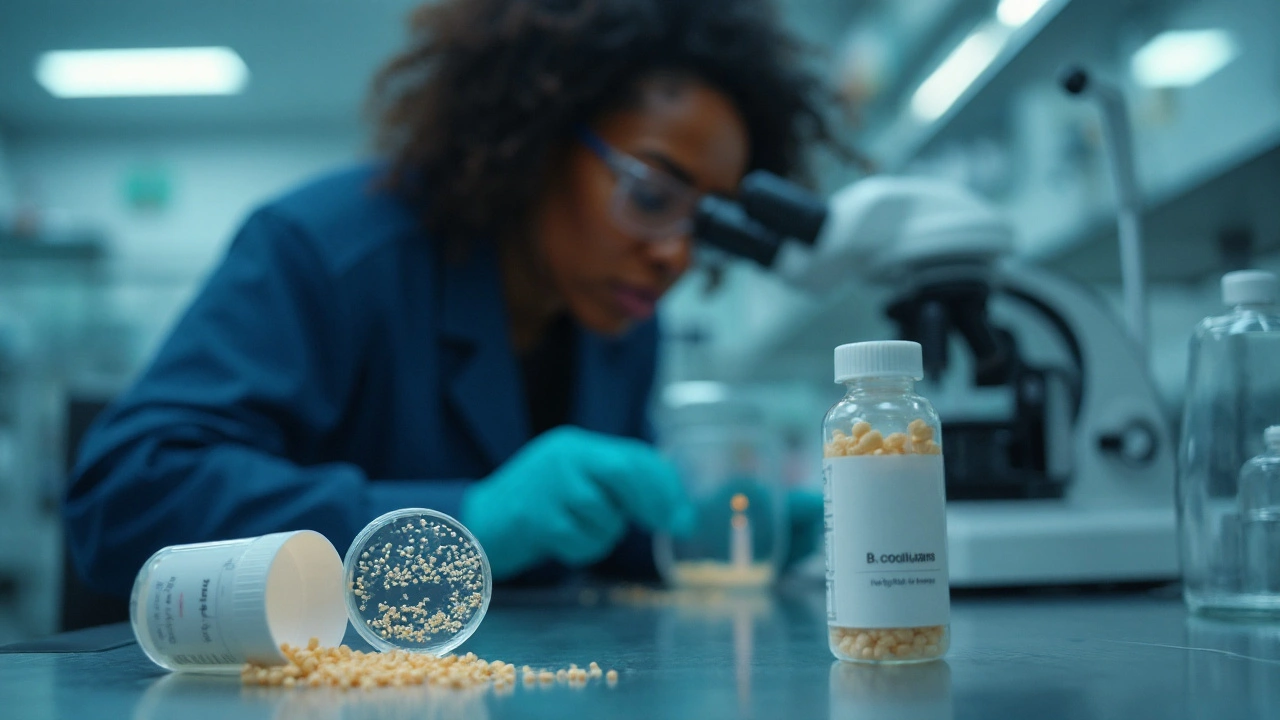CFU Dosage: Pick the Right Probiotic Strength for You
If you’ve ever stared at a supplement label and seen numbers like 1 billion, 10 billion, or even 50 billion CFU, you probably wondered which one actually works. The short answer is: it depends on what you need, how healthy your gut already is, and how you plan to use the probiotic. This guide walks you through the basics, shows you how to read a label, and gives practical tips for choosing the right CFU count without over‑complicating things.
What Does CFU Mean?
CFU stands for “colony‑forming units.” It’s a way of measuring how many live bacteria are in a dose. One CFU equals one living microbe that can grow and form a colony on a lab dish. When a bottle says “10 billion CFU,” that means each serving contains ten billion live bacteria that are still active when you swallow them.
Why does this matter? Live microbes are the part that interacts with your gut. If the count is too low, you may not see any benefit. If it’s astronomically high, you might waste money or even experience mild side effects like gas.
How to Pick the Right CFU Count
Start with your goal. For general gut health, most research points to a range of 1–10 billion CFU per day. That’s enough to support regular digestion and keep the gut barrier strong. If you’re targeting a specific issue—like antibiotic‑associated diarrhea, IBS, or a weakened immune system—studies often use higher doses, anywhere from 10 billion to 30 billion CFU daily.
Next, look at the strains. Not all probiotics are created equal. Lactobacillus rhamnosus GG and Bifidobacterium longum are well‑studied for everyday wellness and work well at lower counts. Strains like Saccharomyces boulardii, which help with antibiotic‑related upset, often need 5–10 billion CFU to be effective.
Consider your current diet. If you already eat fermented foods (yogurt, kimchi, sauerkraut), you’re providing some live bacteria naturally. In that case, a modest probiotic (1–5 billion CFU) can be enough to boost what you already have.
Check the label for “CFU at expiry” versus “CFU at time of manufacture.” A trustworthy brand will list the count guaranteed through the expiration date, not just when it left the factory. This ensures you’re getting the potency you paid for.
Timing matters, too. Taking the probiotic with a meal that contains some fat can improve survival through the stomach acid. If you’re on antibiotics, wait at least two hours after the antibiotic dose to give the probiotic a better chance to colonize.
Finally, watch for side effects. A sudden jump from 1 billion to 30 billion CFU can cause bloating or mild cramping as your gut adapts. If that happens, drop back down a notch and increase gradually over a week.
In short, there’s no one‑size‑fits‑all CFU number. Match the count to your health goal, pay attention to the specific strains, and choose a product that guarantees its potency through the expiration date. Start low, watch how you feel, and adjust as needed. Your gut will tell you if you’ve hit the sweet spot.






